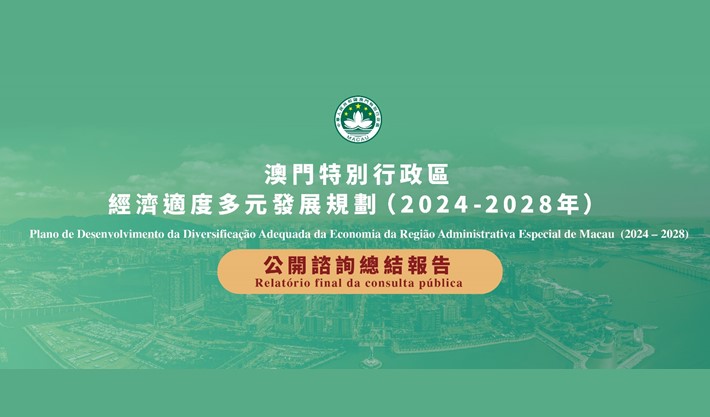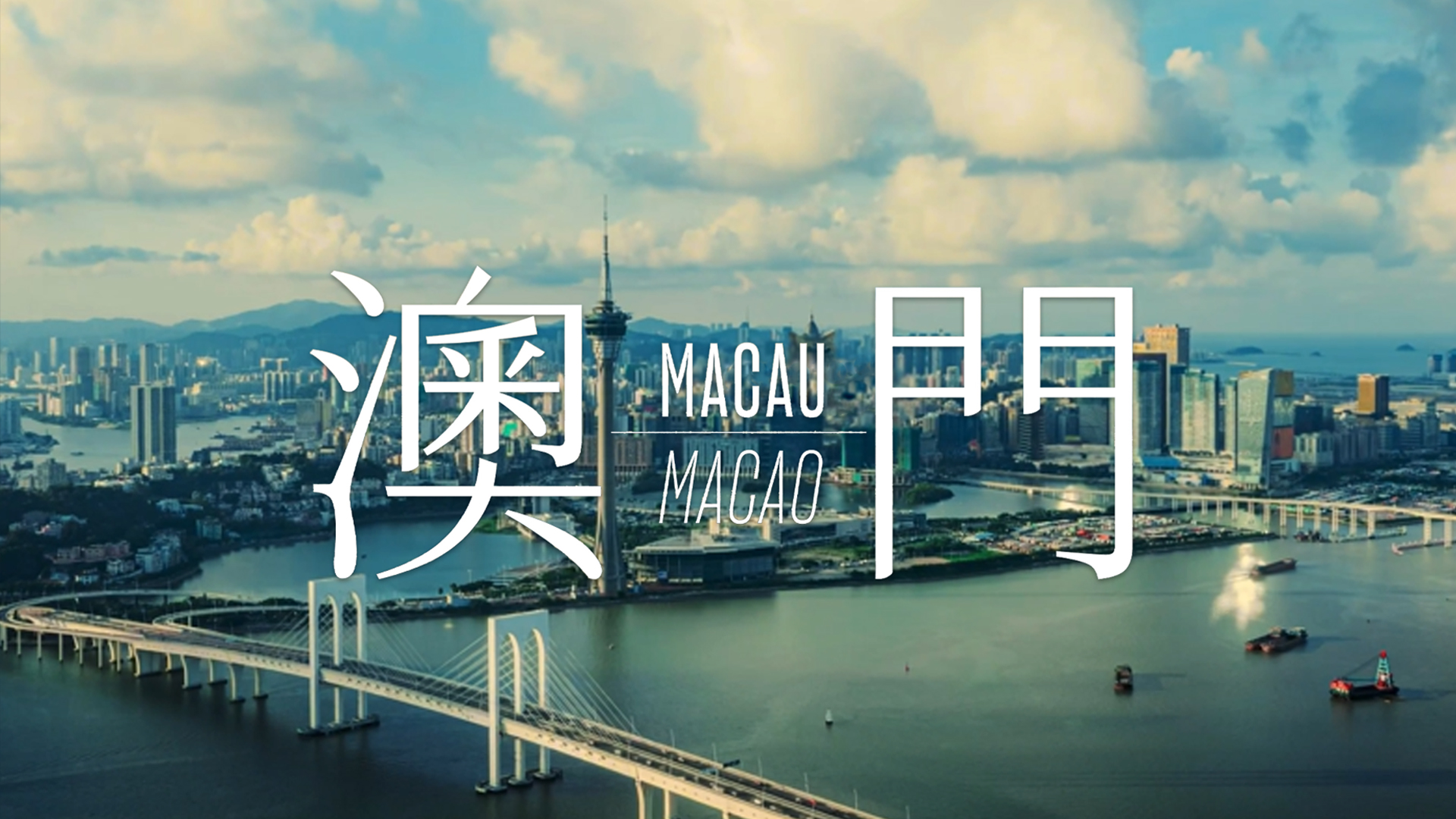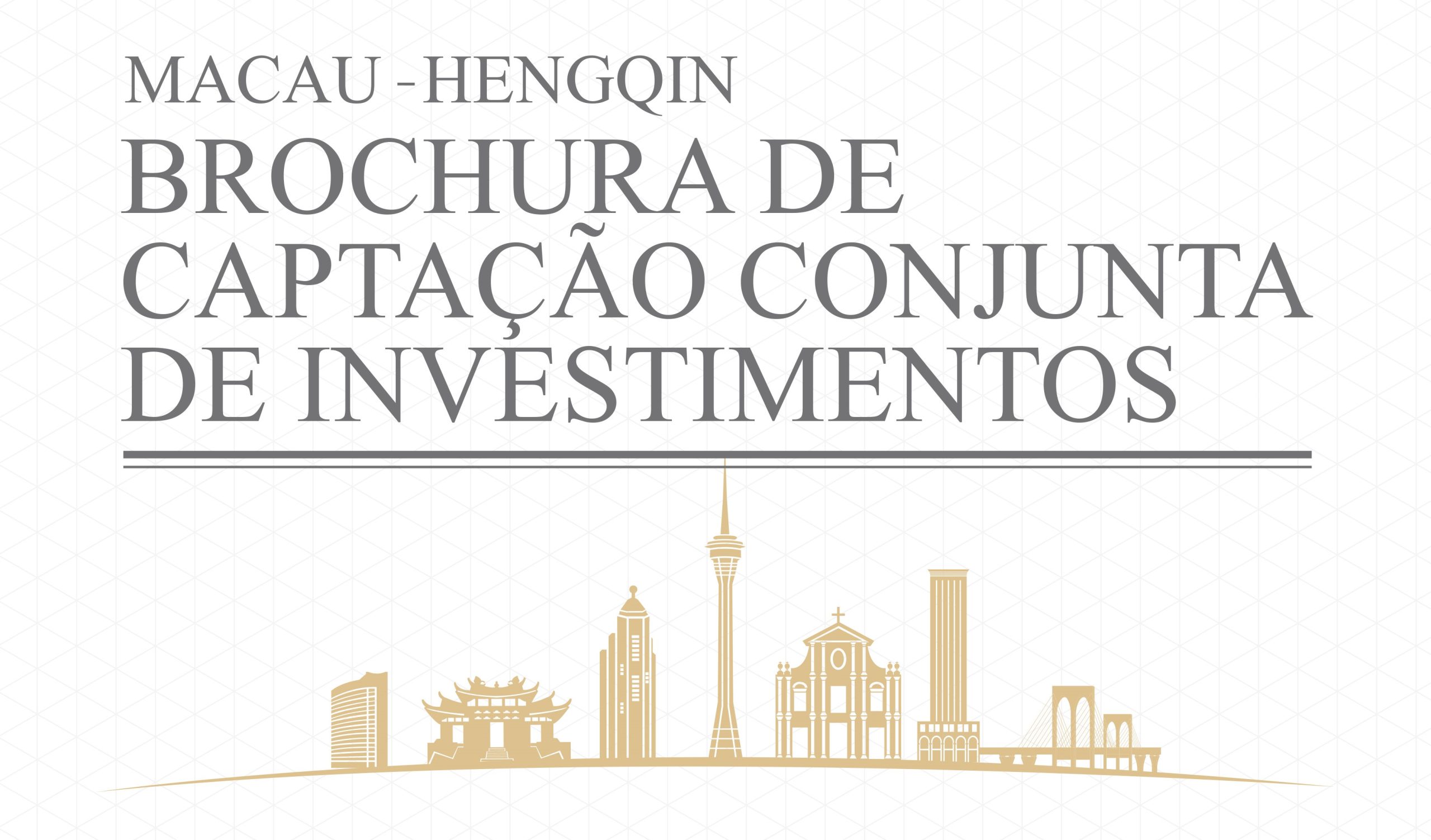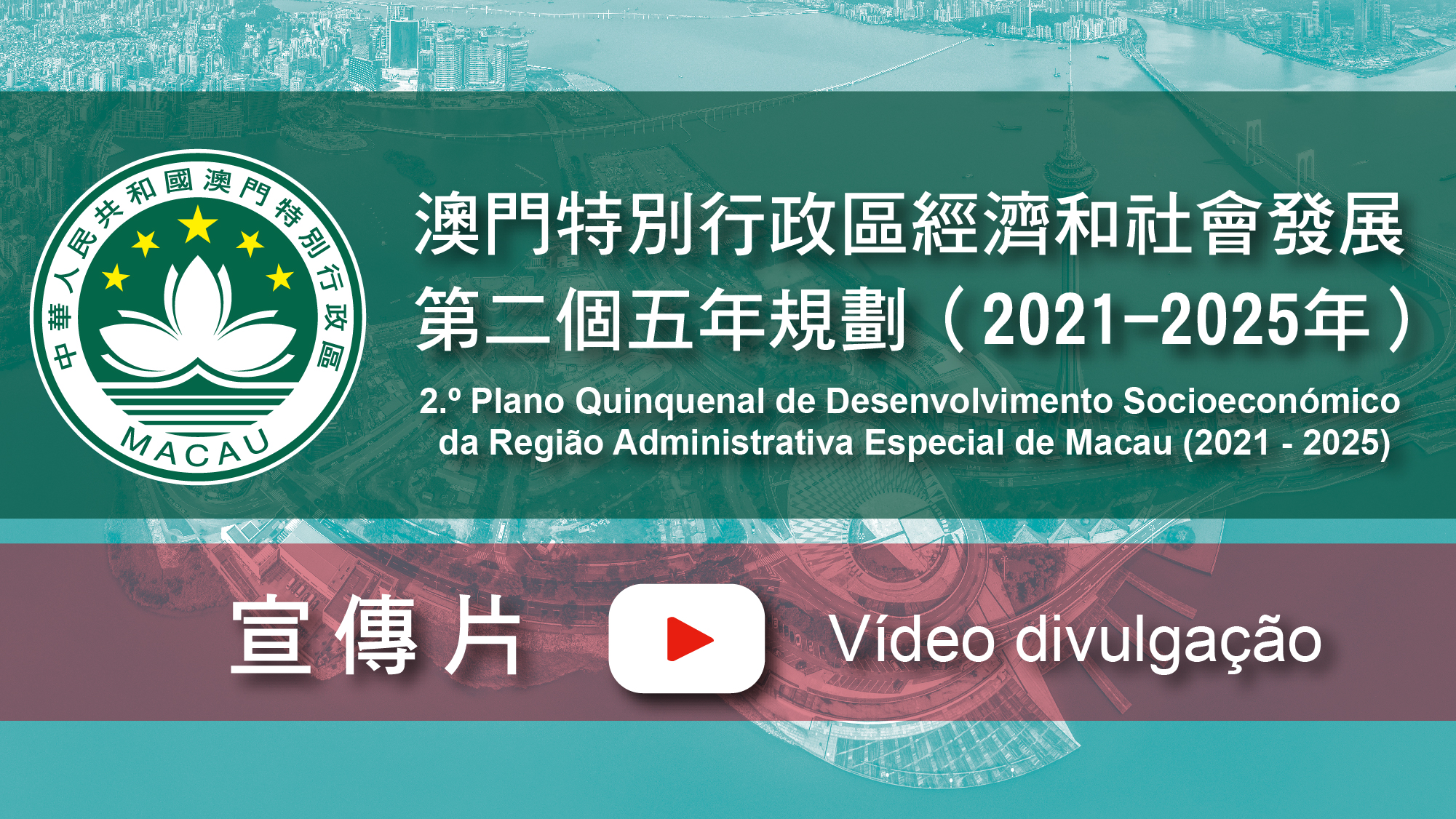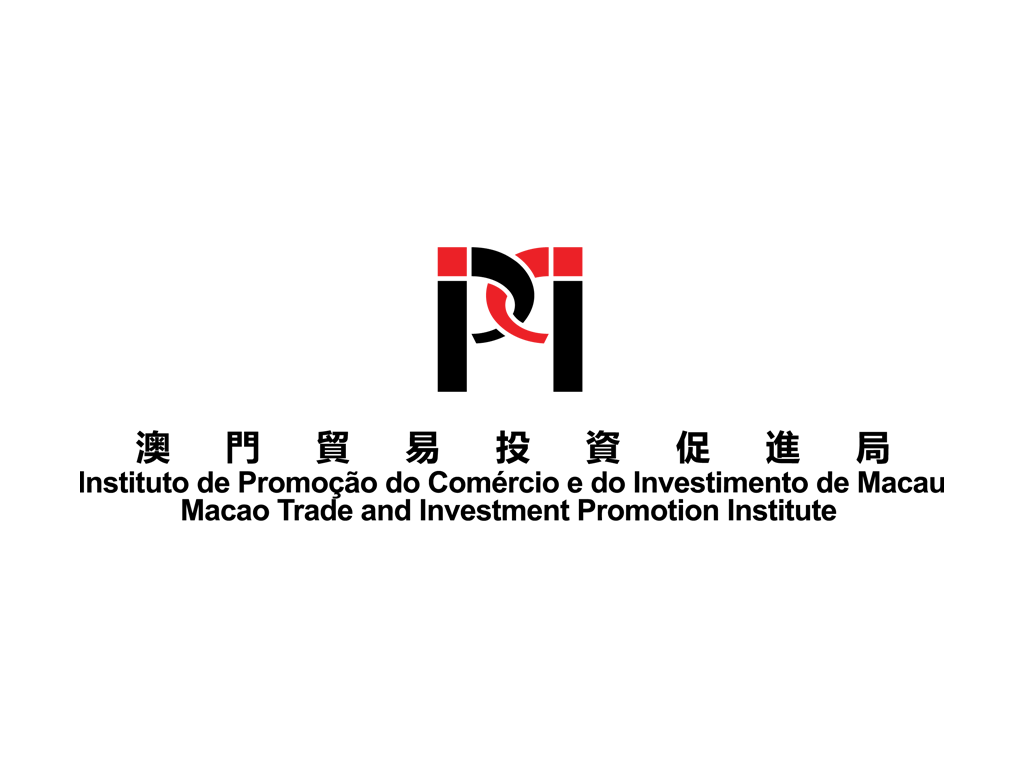Pesquisar
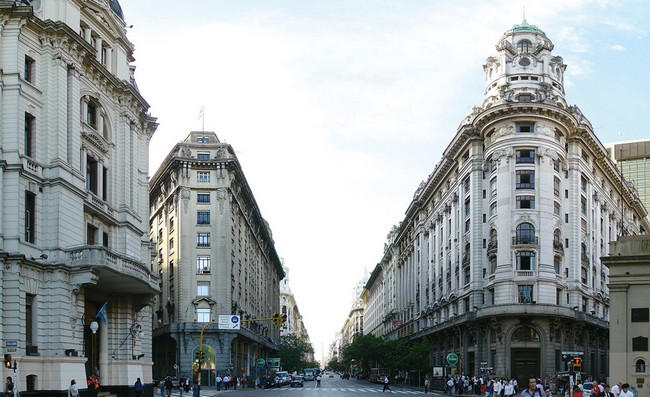 Buenos Aires central business district
|
 6th International Auto show held in Buenos Aires
|
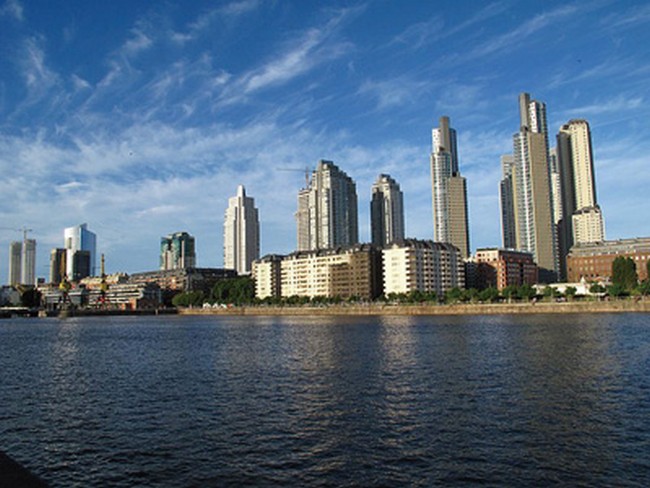 Puerto Madero
|
Overall Economic Situation
Argentina is located between the South Atlantic and the South Pacific Oceans (Strait of Magellan, Beagle Channel, Drake Passage). It is bordered by Bolivia and Paraguay to the north, the Atlantic Ocean to the south, Brazil , Uruguay the Atlantic Ocean to the east and Chile to the south and east. It has a variety of industries with agriculture and livestock being the strongest. The government has been intensifying its control of the in domestic economy and has nationalised the petroleum and railway enterprises.
Argentina is rich in mineral resources in the Andes Mountains including petroleum, natural gas, copper, gold, uranium, lead, zinc, borax and clay.
Business Opportunities
Industries
The industrial sector is relatively more developed covering a variety of industries including iron and steel, automobiles, petroleum, chemicals , textiles, mechanical and food processing. Industries are not evenly distributed and are mainly concentrated in the provinces of Buenos Aires and Cordoba. The development of the nuclear industry ranks first among Latin American countries and currently three nuclear plants in operation with a fourth under construction. The food processing industry is relatively more advanced including meat, dairy products, grain, fruit and wine. In 2012, industrial growth was recorded as being -1.2%, with industrial production values recorded at a 1.1% increase year on year for the first five months of 2013.
Agriculture, Animal Husbandry and Fisheries Industries
The Agriculture and animal husbandry industries are well-developed. Rich soils with a temperate climate are beneficial to the development of agriculture and animal husbandry. The Pampas covers the provinces of Buenos Aires, La Pampa, Santa Fe, Entre Ríos and Cordoba, is the famous area for agriculture. There are 27.2 million hectares of arable land and land for perennial crops, covering 9.8% of the total land area of the country. The farmland covers 142.1 million hectares, which is 51.2% of the total land area. Major crops include soybean, maize, wheat, sorghum and sunflower seeds. Argentina is also the largest country producing Yerba mate ( a local herbal drink)in the world.
Animal husbandry has a long established history. The breeds of livestock and standards in animal husbandry are among the best in the world. Animal husbandry comprises of 40% of the agriculture industry.
Around 80% of the livestock are bred and reared in the Pampas with the majority being cattle and sheep. Argentina is foot and mouth disease (FMD) free where vaccination is practiced and also mad cow disease free.
Argentina is rich in fishery resources with 60% of the fisheries products come from the south,50% from Port of Mar Del Plata. Major fisheries products include cod, squid and prawns.
Tourism
Tourism is well-developed being the major tourism destination in South America. Due to the economic recovery and the depreciation of Peso, tourist numbers have drastically increased in recent years. Tourism has become the third largest foreign currency-earning industry in the country. In 2012,5.599 million tourists, with foreign currency income of US$4.75 billion visited the country. There are39 nature reserves covering 3.66 million hectares and eight world natural and cultural heritage sites inthe country. Major tourist attractions include Bariloche, Iguazu Falls and the Perito Moreno Glacier.
|
MAIN ECONOMIC INDICATORS 2012
|
|
| Gross Domestic Product(US$ billion) | 755.3 |
| Real GDP growth (%) | 1.9 |
| GDP per capital(US$) | 18,400 |
| Inflation(%) | 25.3 |
| Land area(sq km) | 2,736,690 |
| Population (Million) | 42.6 |
Source: CIA-The World Factbook, https://www.cia.gov/library/publications/the-world-factbook/geos/ar.html
FOREIGN TRADE FROM 2008 TO 2012
|
Year
|
Total Trade
|
Exports
|
Imports
|
| 2012 | 146.77 | 81.21 | 765.56 |
| 2011 | 155 | 84.27 | 70.73 |
| 2010 | 124.94 | 68.5 | 56.44 |
| 2009 | 92.81 | 55.67 | 37.14 |
| 2008 | 125.14 | 70.59 | 54.55 |
Major Export Commodities: soybeans and derivatives, petroleum and gas, vehicles, corn, wheat
Main Import Commodities: machinery, motor vehicles, petroleum and natural gas, organic chemicals, plastics
Source:
1.CIA-The World Factbook, https://www.cia.gov/library/publications/the-world-factbook/geos/ar.html
2.Index Mundi-Country Fact, http://www.indexmundi.com/argentina/
| Main Destinations for Exports (2011) | % |
| Brazil | 19.7 |
| China | 7.2 |
| Chile | 5.8 |
| US | 5 |
| Main Origin for Imports (2011) | % |
| Brazil | 26.9 |
| US | 15.4 |
| China | 11.8 |
| Germany | 4.5 |
MAINLAND CHINA – ARGENTINA
| Year | Total | Exports | Imports |
| 2012 | 144.25 | 78.70 | 65.55 |
| 2011 | 147.9 | 85 | 62.9 |
| 2010 | 129.2 | 61.2 | 68 |
Source:
1. Ministry of Commerce of the People’s Republic of China, http://mds.mofcom.gov.cn/article/Nocategory/
2. The Economic and Commercial Counselor’s Office of the Embassy of the People’s Republic of China in the Republic of Argentina,
http://cl.mofcom.gov.cn/cn/
MACAO-
ARGENTINA
BILATERAL TRADE 2012
| Type of Trade | Weight (KG) | Patacas |
| Imports | 1,280,471 | 45,066,808 |
| Exports | 5,352 | 790,961 |
Source: The Statistics and Census Service,http://www.dsec.gov.mo/
SOURCE:
1. The Ministry of Foreign Affairs of the People’s Republic of China
http://www.fmprc.gov.cn/chn/default.htm
2. The Ministry of Commerce of the People’s Republic of China
http://zhs.mofcom.gov.cn/
3. The Economic and Commercial Counselor’s Office of the Embassy of the
People’s Republic of China in the Republic of Argentina
http://cl.mofcom.gov.cn/
4. The Statistics and Census Service
http://www.dsec.gov.mo/
5. The World Factbook
http://www.cia.gov/
MAJOR WEBSITE RECOMMENDATIONS:
http://www.gob.cl/



